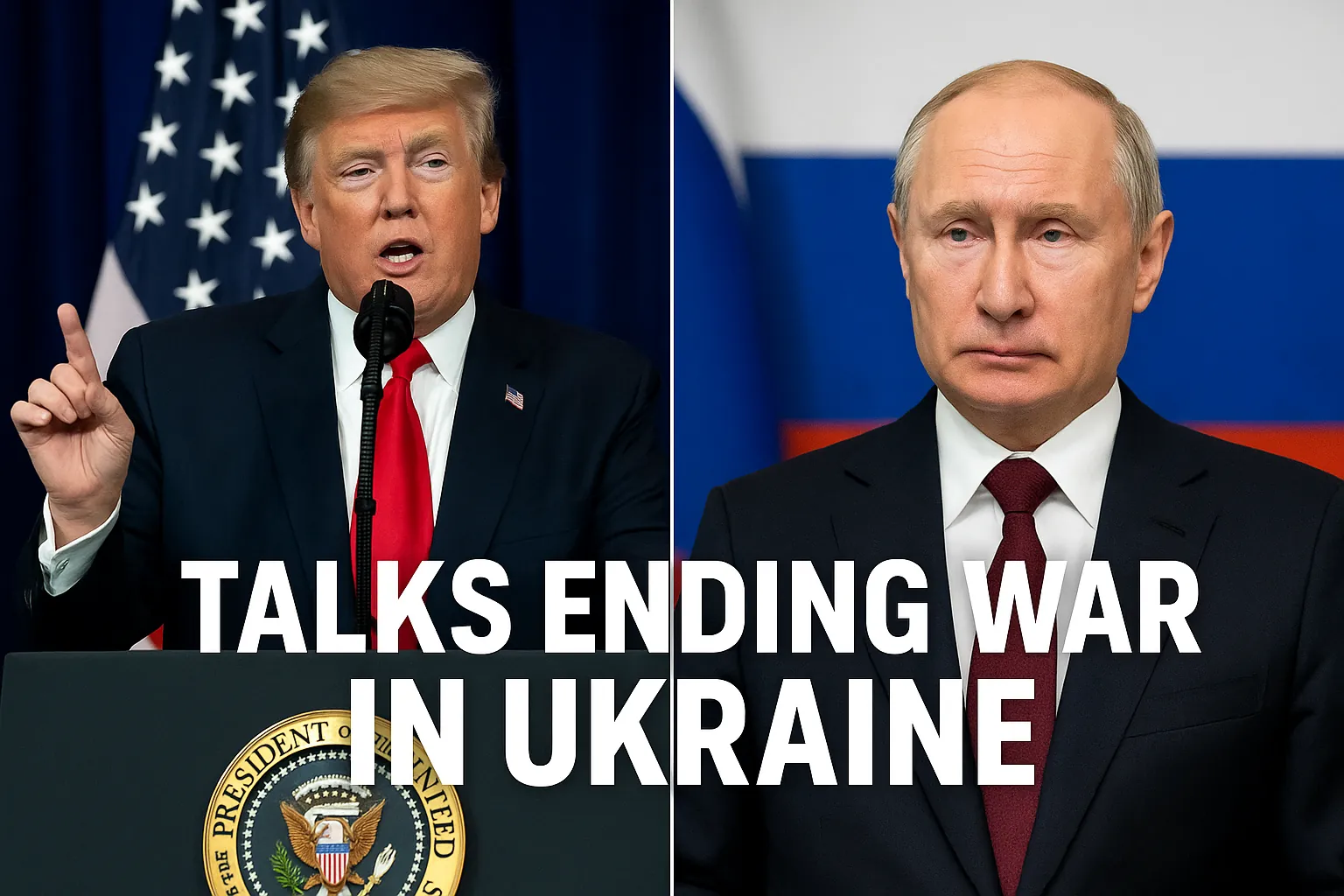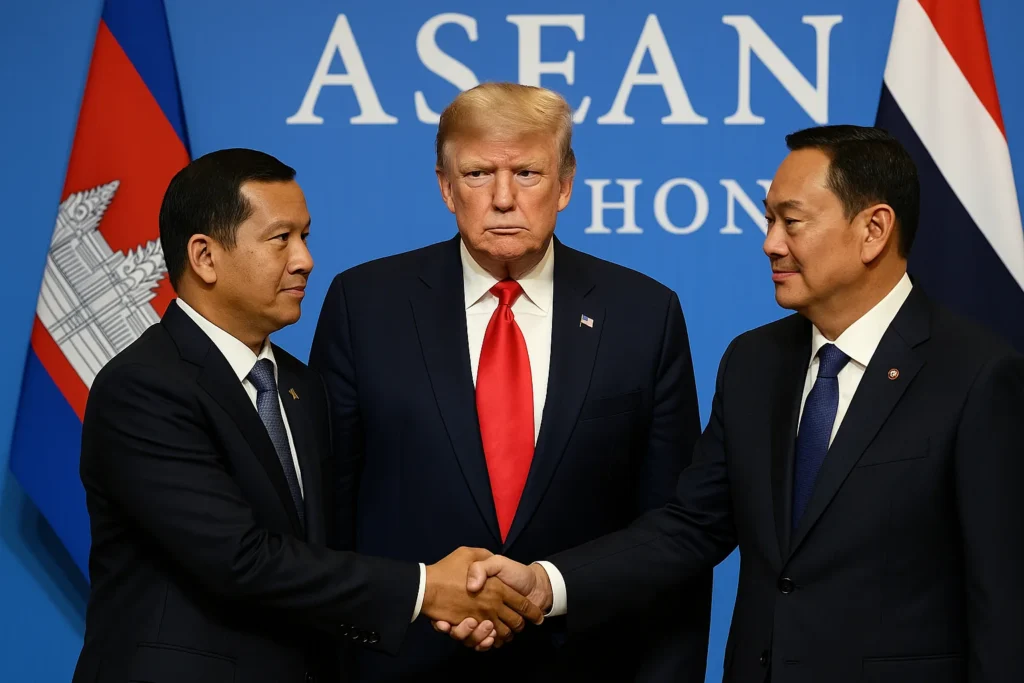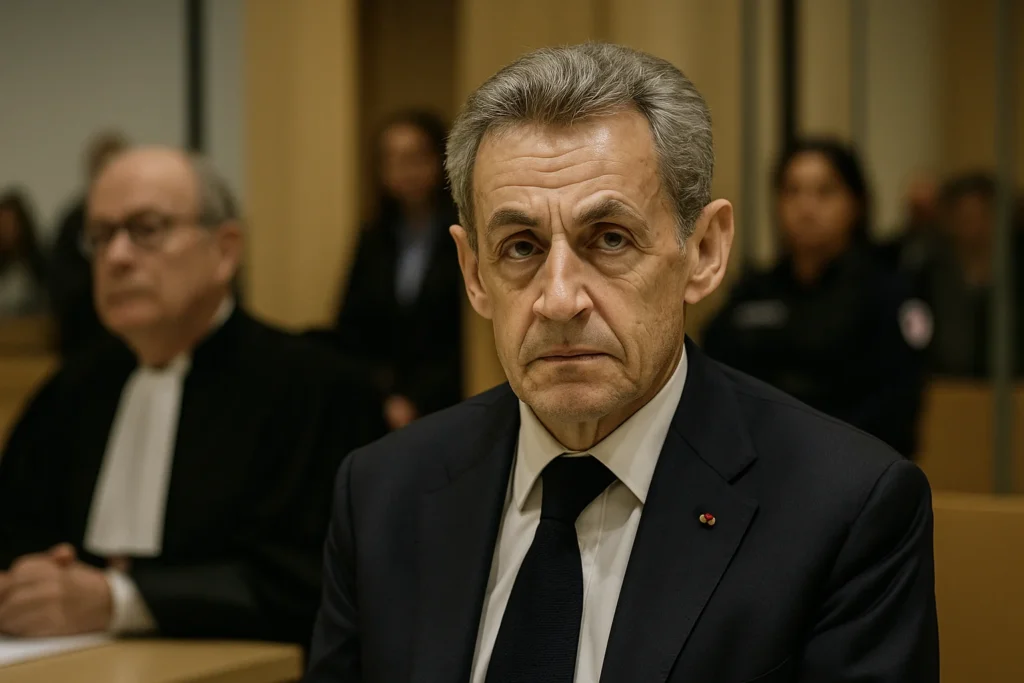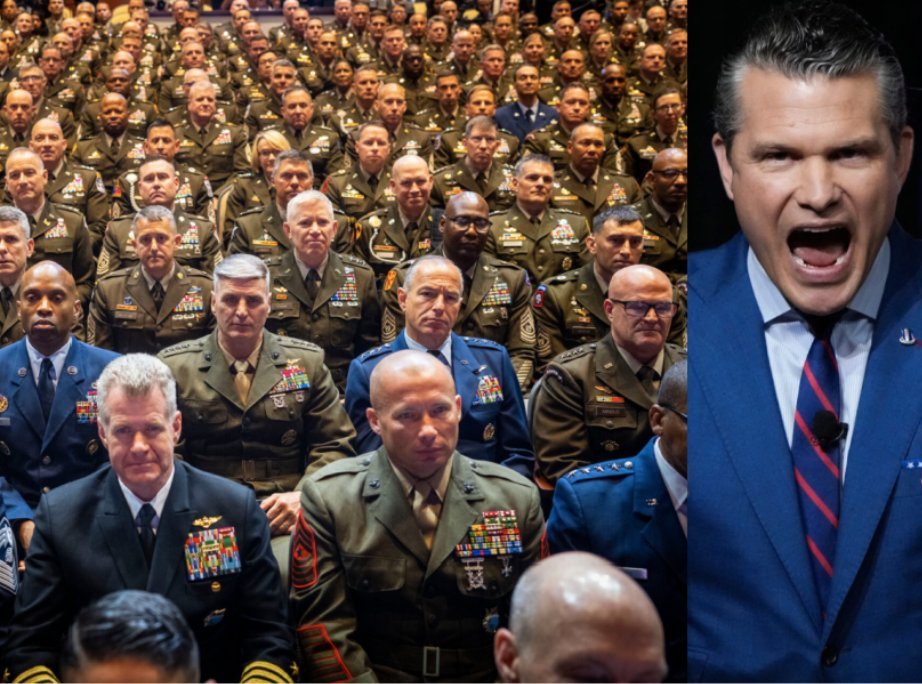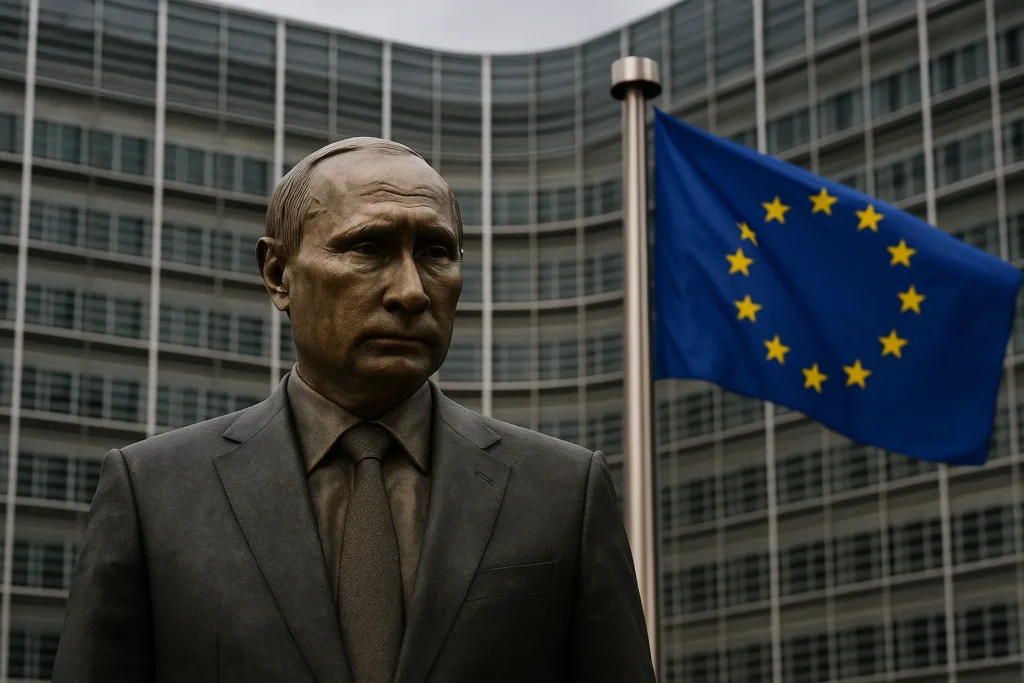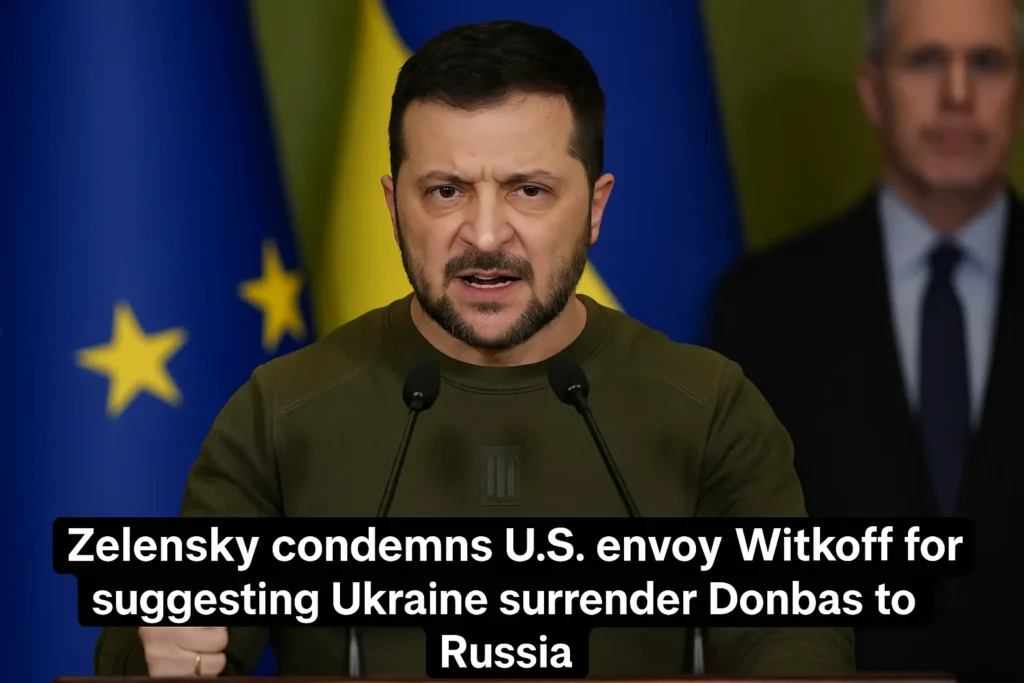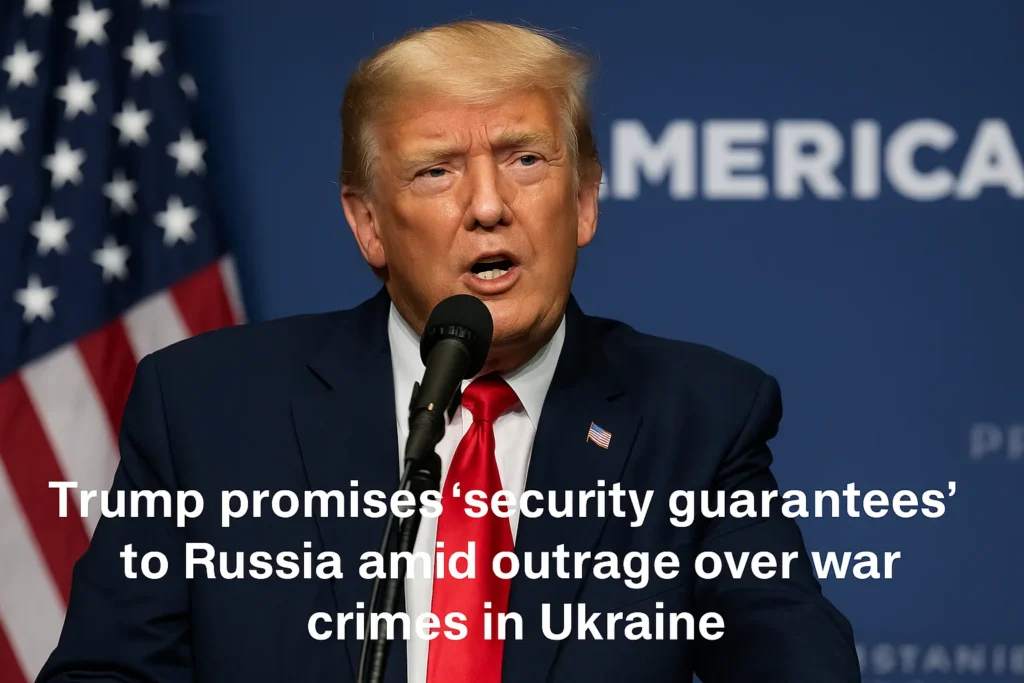President Donald Trump’s revelation that U.S. and Russian envoys will meet next week to prepare for a potential summit with Vladimir Putin marks the most dramatic diplomatic twist since the start of the Ukraine invasion. His announcement — framed as “the first step toward peace” — has sparked equal measures of hope, skepticism, and geopolitical anxiety.
For many, the idea of a Trump-Putin peace summit evokes déjà vu: the same stagecraft, the same promises, the same underlying mistrust. But this time, the stakes are far greater. The war in Ukraine has killed hundreds of thousands, displaced millions, and redrawn the global order. Now, Trump wants to redraw it again — in his own image.
Context: The War’s Deadlock and the Desperation for Diplomacy
After nearly four years of brutal conflict, Ukraine’s war has reached a grinding stalemate. Neither side is winning, but both are bleeding. Kyiv’s summer counteroffensive failed to regain key territories. Russia, stretched by sanctions and military losses, has turned to Iran and North Korea for munitions and drones.
In Washington, political patience is waning. Trump, now in his second term, faces a divided Congress skeptical about continued aid to Ukraine. European allies are fracturing: Poland and Hungary have quietly reduced arms deliveries, while Germany faces public opposition to extending military support.
The IMF warns Ukraine’s economy could contract another 5% if the war drags into 2026. Civilians in frontline cities like Kharkiv and Zaporizhzhia live without steady power or clean water. For the first time, polls in both the U.S. and Europe show majority support for “negotiated peace,” even if it means territorial compromise.
It’s against this backdrop that Trump’s diplomatic overture arrives — not as an act of generosity, but of strategy.
Oppositional Argument: Trump’s Peace or Trump’s Power Play?
Trump’s framing of the upcoming talks as a humanitarian mission is disingenuous. His pattern has always been transactional diplomacy — deal-making for headlines rather than principles. Critics argue that his push for a summit is less about ending the war and more about reclaiming geopolitical relevance.
The so-called “Trump Doctrine” has always blurred the line between pragmatism and opportunism. In the Middle East, his normalization deals ignored human rights in favor of photo ops. In Korea, denuclearization promises evaporated within months. With Putin, the stakes are higher — and the risks more dangerous.
Trump’s own aides admit that his vision for peace includes “territorial flexibility,” a euphemism for pressuring Kyiv to cede occupied regions in exchange for ceasefire guarantees. In essence, Ukraine could be strong-armed into legitimizing Russian land grabs — an outcome that would shatter international law and validate invasion as a viable policy tool.
Even some Republicans are uneasy. Senator Mitt Romney warned that “appeasing Putin under the banner of peace will weaken America’s moral authority.” Yet Trump’s inner circle sees it differently: they believe Americans are tired of foreign wars and ready for a leader who can “make peace fast.”
Analytical Breakdown: Strategic Calculations Behind the Summit
To understand Trump’s move, one must look beyond rhetoric to raw power.
First, there’s domestic politics. Trump’s approval ratings have slipped amid economic stagnation and ongoing investigations into campaign finance violations. A high-profile foreign policy breakthrough could revive his image as a “deal-maker president” — the man who gets results where bureaucrats fail.
Second, there’s the energy calculus. With oil prices hovering near $100 a barrel, a peace deal that eases Russian export restrictions could cool global markets. But it would also hand Moscow a financial lifeline just as sanctions begin to bite. European energy firms, desperate to stabilize supply, might quietly welcome such a deal — even if it rewards aggression.
Third, there’s China. Beijing is watching closely. A Trump-Putin détente could upend Xi Jinping’s cautious balancing act. If Moscow drifts closer to Washington, China loses a key strategic partner in its campaign to counter U.S. dominance. That’s why Chinese diplomats have already expressed “concern” about any peace process that excludes Beijing.
In short, Trump’s negotiations aren’t just about Ukraine — they’re about remapping the entire postwar order.
Human Perspective: Between Hope and Fear in Kyiv
In Ukraine, the reaction to Trump’s announcement was a mix of exhaustion and dread.
President Volodymyr Zelensky, visibly cautious, welcomed “any sincere effort toward peace” but reaffirmed that “no peace can come through surrender.” His government fears being sidelined in talks between superpowers who see Ukraine as a chessboard, not a country.
On the ground, Ukrainians are torn. In Kyiv, baker Olena Kovalchuk told Oppositioner: “If Trump can stop the bombing, fine. But not if it means giving Putin our land.” In Lviv, university students gathered in candlelight vigils calling for peace “with justice.”
In eastern Ukraine, however, many civilians say they just want the shelling to stop. “We’ve lost everything,” said Dmytro, a father of two from Donetsk. “If the Americans and Russians can end this, let them. We’re tired of dying for politics.”
For them, Trump’s talks offer a thin hope — but also the haunting memory of broken promises from Minsk to Istanbul.
Counterarguments: The Case for Realism
Some analysts argue that Trump’s initiative, however self-serving, might be the only realistic path forward.
Former U.S. diplomat Richard Haass told Bloomberg: “Perfect peace is impossible. The goal now should be preventing a forever war.” Haass and other realists believe that freezing the conflict could save lives and prevent economic collapse.
European leaders like Emmanuel Macron have echoed similar pragmatism, noting that “the longer the war drags, the weaker Europe becomes.” Behind the scenes, French and Turkish diplomats are reportedly preparing “confidence-building” proposals — prisoner swaps, border demilitarization, humanitarian corridors — as precursors to any major deal.
Even some Ukrainian officials, privately, acknowledge the limits of endurance. “If the Americans force peace, we can’t stop them,” one parliamentarian admitted off-record. “But we’ll remember who sold us out.”
Conclusion: The Price of Peace and the Shadow of Power
The Trump-Putin peace talks could define not only the future of Ukraine, but the credibility of the West itself. If Trump forces Kyiv into concessions, it will confirm the cynical belief that small nations exist only to serve the ambitions of great powers.
But if he somehow achieves a genuine ceasefire — one that protects sovereignty and stops the bloodshed — history may record it as a paradoxical victory: peace through unpredictability.
Still, few believe Trump’s motives are altruistic. His timing, rhetoric, and disregard for protocol suggest a man chasing legacy, not justice. For Putin, it’s an opportunity to emerge from isolation, divide NATO, and rewrite the narrative of his failed invasion.
Peace in Ukraine may finally be within reach — but at what cost, and under whose terms? The world is about to find out whether this summit will bring stability or surrender.
Because in geopolitics, as in business, every Trump deal comes with fine print.
External Links
- The New York Times – Trump and Putin Plan Meeting on an End to War in Ukraine
- Bloomberg – Global Diplomacy and the Ukraine Peace Process
67 views
